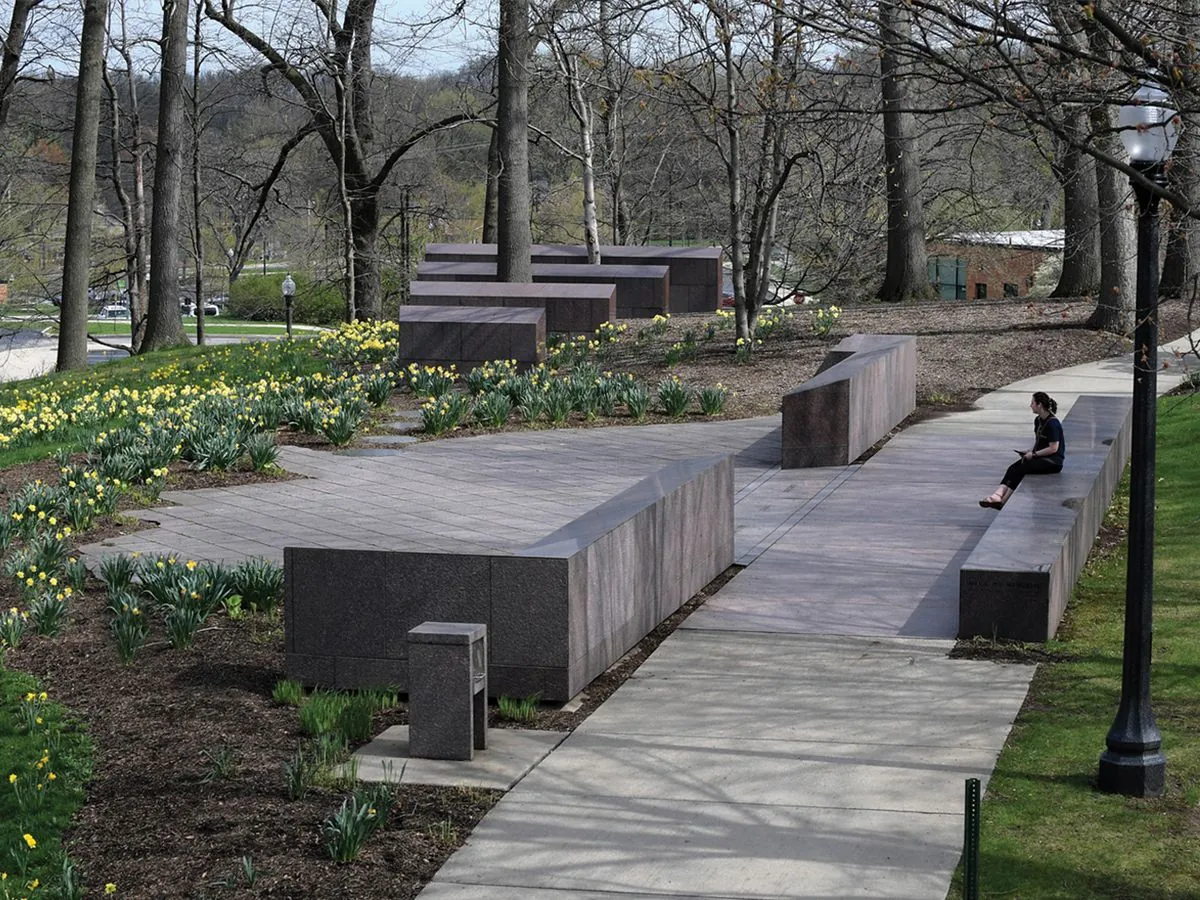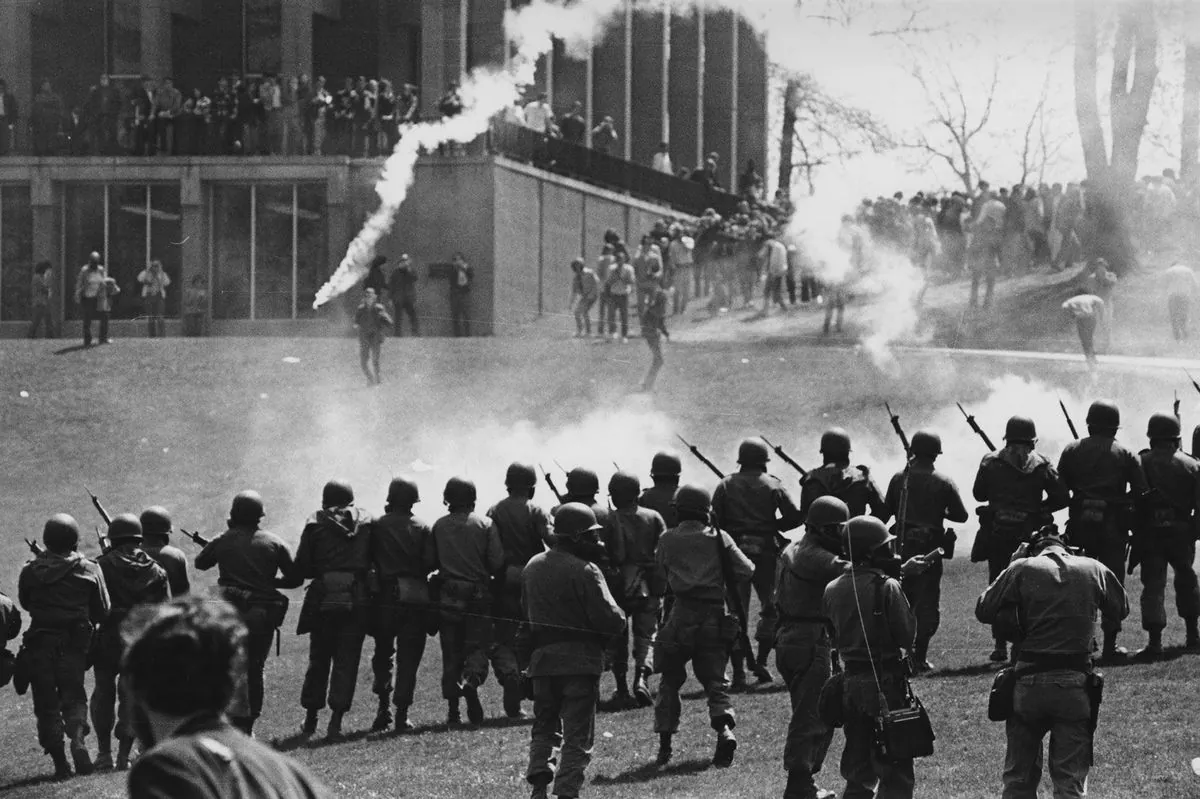Kent State Tragedy: A Half-Century Reflection on Campus Unrest
A new book examines the 1970 Kent State shootings, offering fresh insights into the tragic event that left four students dead and nine injured during Vietnam War protests.

Over five decades have elapsed since the Kent State University incident, where members of the Ohio National Guard fired upon student protesters, resulting in four fatalities and nine injuries. This event, which occurred on May 4, 1970, marked a pivotal moment in American history, reflecting the nation's deep divisions over the Vietnam War.
Historian Brian VanDeMark's book "Kent State: An American Tragedy" provides a comprehensive examination of this incident. VanDeMark portrays a nation fractured into opposing factions, unable to find common ground. He writes, > "It was a tense, suspicious, and combustible atmosphere that required only a spark to ignite a tragedy."

The author meticulously reconstructs the events leading to the tragedy, utilizing new sources including interviews with guardsmen. In a mere 13 seconds, 30 guardsmen discharged 67 rounds at protesters, an act VanDeMark describes as the moment "the Vietnam War came home and the Sixties came to an end."
Key facts about the incident include:
1. The protest was against U.S. bombing in Cambodia
2. Two of the four students killed were not involved in the protest
3. The closest student shot was 20 yards from the guardsmen
4. A Pulitzer Prize-winning photograph captured the event
The book also delves into the aftermath, including investigations and legal proceedings. Notably, in 1974, a federal court dismissed all charges against eight Ohio National Guardsmen involved in the shooting.
VanDeMark's work highlights the university's struggle with its legacy. An official memorial was not erected until 1990, two decades after the event. In 2012, 42 years post-incident, a new visitors center opened, suggesting an evolving consensus about the tragedy.
The Kent State shootings have left a lasting impact on American culture:
- The site was listed on the National Register of Historic Places in 2010
- Annual commemorations are held at the university
- The event inspired musical works, including Neil Young's "Ohio"
As we reflect on this tragedy 54 years later, VanDeMark's book contributes to our understanding of a pivotal moment in American history, reminding us of the importance of open dialogue and peaceful resolution in times of national division.
"This should remind us all once again that when dissent turns to violence it invites tragedy."


































